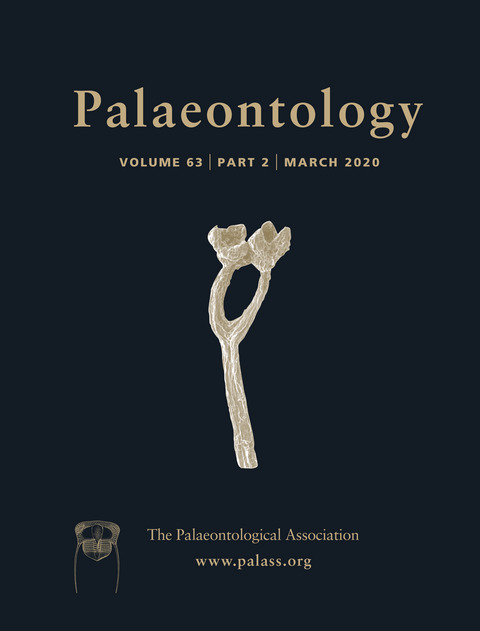Reg. Charity No. 1168330

The study of the global mass extinction event at the Cretaceous–Palaeogene (K/Pg) boundary can aid in understanding patterns of selective extinction, and survival and dynamics of ecosystem recovery. Outcrops in the Maastrichtian type area (south‐east Netherlands, north‐east Belgium) comprise a stratigraphically expanded K/Pg boundary succession that offers a unique opportunity to study marine ecosystem recovery within the first few thousand years following the mass extinction event. A quantitative analysis was performed on systematically sampled macrofossils of the topmost Maastrichtian and lowermost Danian strata at the former Ankerpoort‐Curfs quarry (Geulhem), which represent ‘snapshots’ of the latest Cretaceous and earliest Palaeogene marine ecosystems, respectively. Molluscs in particular are diverse and abundant in the studied succession. Regional ecosystem changes across the K/Pg boundary are relatively minor, showing a decline in suspension feeders, accompanied by an ecological shift to endobenthic molluscs. The earliest Paleocene gastropod assemblage retains many ‘Maastrichtian’ features and documents a fauna that temporarily survived into the Danian. The shallow, oligotrophic carbonate platform in this area was inhabited by taxa that were adapted to low nutrient levels and resistant to starvation. As a result, the local taxa were less affected by the short‐lived detrimental conditions related to K/Pg boundary perturbations, such as darkness, cooling, starvation and ocean acidification. This resulted in relatively high survival rates, which enabled rapid recolonization and recovery of marine faunas in the Maastrichtian type area.